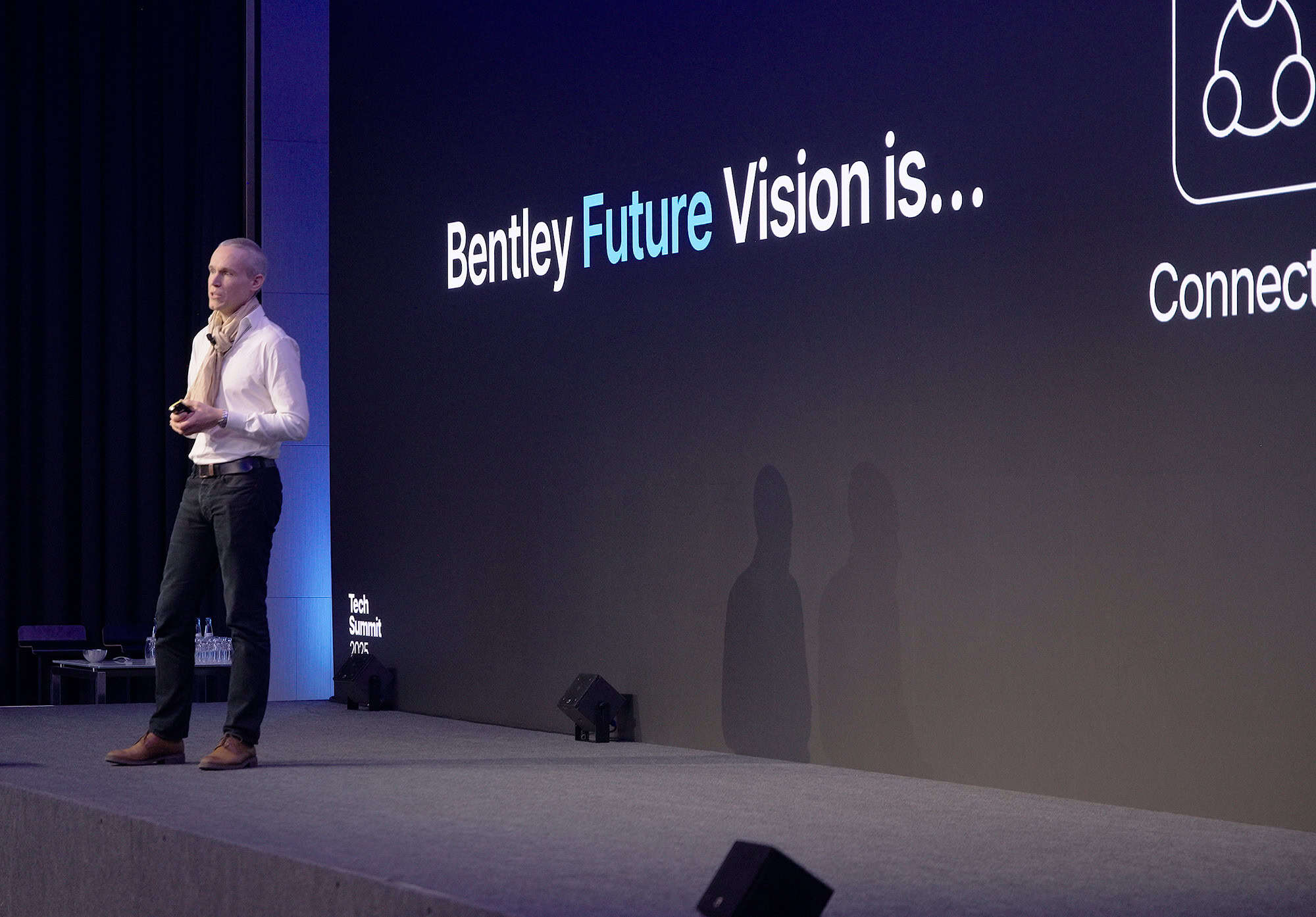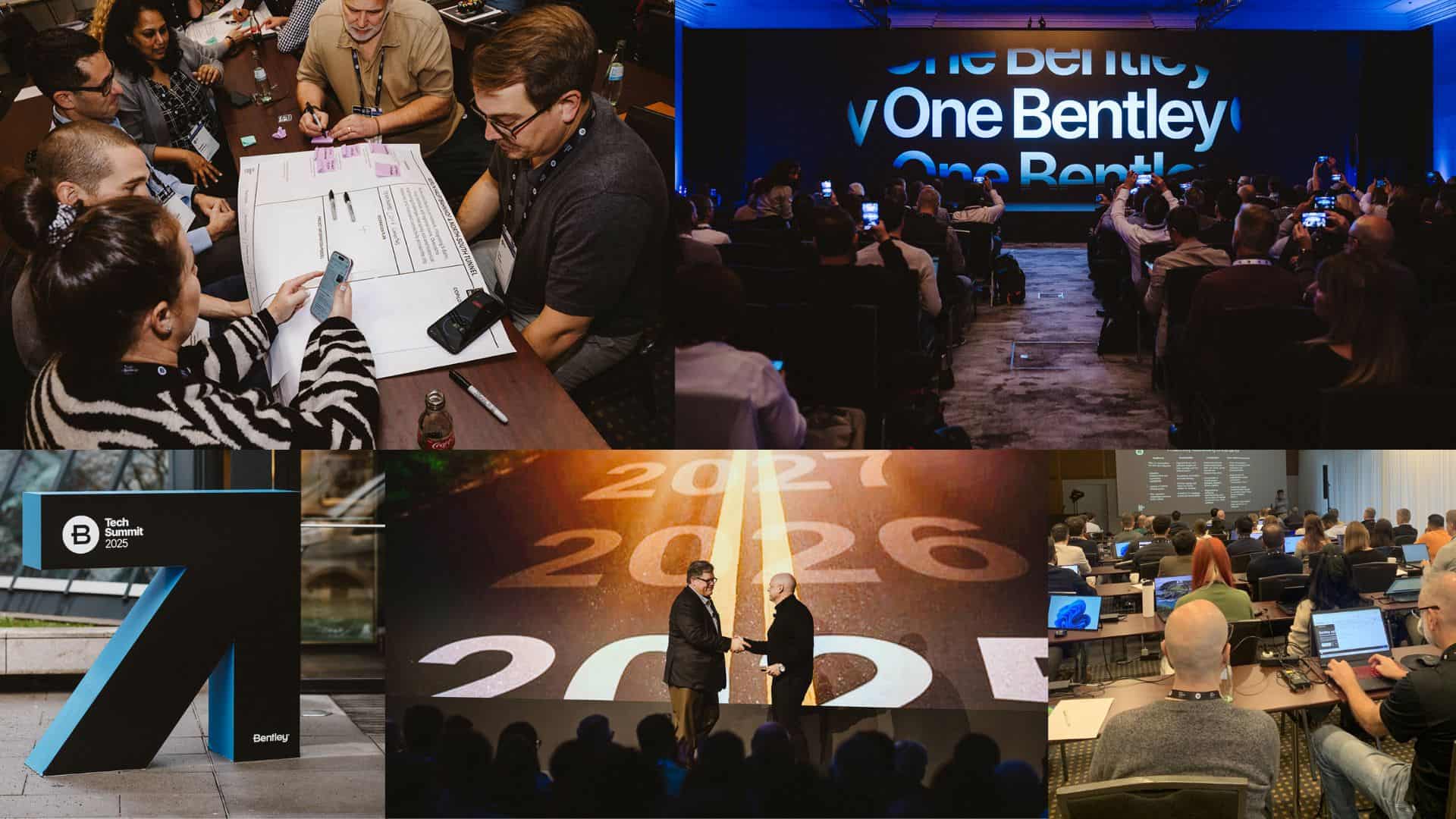Historically viewed as a digital laggard, slow to advance and transform, the AEC industry is clearly catching up. Digital transformation dominates industry conversations and the advent of generative AI has only accelerated both the discourse and pace at which top firms are going digital.
But what if you are a small or mid-size firm? What if you have limited resources and are bound by a time and materials paradigm that just doesn’t afford you the ability to invest in digital advancement? Are you doomed to fall behind and become obsolete? Absolutely not! There are lots of things you can do to advance your digital maturity in a cost-conscious, but smart way.
Before I get started with some recommendations, an overview of digital maturity in the AEC context might be useful. For the purposes of this discussion, I categorize digital maturity into four levels:
- Analog
Analog organizations are largely manual and project-based. Project information is exchanged and tracked manually, generally only on a limited basis between a few internal disciplines, functional groups or external parties. - Efficient
Efficient organizations use digital technology to improve business operations. They are focused on driving efficiency by using common file portals, reusing components from one project to the next, and implementing automated workflows amongst stakeholders to speed approvals, design reviews, and time to delivery. - Effective
Effective organizations have already driven all the efficiency gains they can through the use automation and common data environments. They are now focusing on providing more effective deliverables to their clients by using models throughout the project lifecycle, providing insights and analytics, and greater access and control to all stakeholders. - Transformative
Transformative organizations operate at a high level of digital maturity, having harnessed the power of going digital to drive efficiency and effectiveness in their organizations. They have embedded standardization and automation consistently across the organization. All design, construction engineering, and work packages are maintained in the project’s connected data environment, and information exchanges with any other project information systems are federated and automated. Digital revenue streams are now a reality, increasing the stickiness of the relationship between the organization and its clients.
As with any maturity model, there is no top prize for reaching the highest level. Maybe your clients aren’t ready for the highest level of digital maturity even if you could magically deliver it. Or maybe you don’t have the money or time it would take to get to that level. However, doing nothing isn’t an option anymore unless you want your firm to become quickly outdated, obsolete, and probably out of business. But what is the minimum you should do? Apply the ‘good enough’ principle here and start there.
Doing nothing isn’t an option anymore unless you want your firm to become quickly outdated, obsolete, and probably out of business.
But getting started is the hardest part. Unless you have orchestrated a digital transformation before, it’s a good idea to get some help. Be sure you are internally equipped with the right people, processes, and technology to adopt change and drive transformation projects. Identifying someone to lead the charge and figuring out what you want to do should be your highest priority. You will then pilot a few ideas and technologies, before eventually focusing on standardizing and embedding digital technology as your standard operating procedure.
Let’s break this down a little further to make going digital easier.
Picking the Right People
Here’s a quick look at the people you’ll need and the questions you’ll need to ask.
- Executive Sponsorship
Who will be leading the charge for digital transformation? Do you have a Chief Information Officer (CIO) or Chief Digital Officer (CDO)? If you have a CIO, you might want to task them with planning your digital transformation along with help and input from a strategic partner. If you have a CDO, presumably they are already planning this transformation. If you do not have either of these types of colleagues at your company, it’s time to consider a role like this. Or perhaps you repurpose an engineer with a passion for applying technology and improving operations. At any rate, someone needs to be responsible for identifying and staging the changes you need to increase your digital maturity. - Project Management
Do you have technology project managers who can help drive the changes through your organization? If not, you need to establish this discipline with one or two technical project managers who understand the degree of change management enablement (the people and process side of change) necessary to make these types of projects successful. - Delivery Partners
To what degree can your strategic partners or current vendors help you make this change? Find out what types of services they offer to see if they can help you map out your digital strategy and develop a roadmap for you to follow. You might be surprised to find their willingness to have a few conversations for free.
Making Progress by Changing Processes
Deciding to go digital is just the beginning. Making progress will likely require you to change or reimagine a broad range of processes. To start, it’s helpful to have a process to help decide where to begin and which projects get priority. Think of this as a governance process of sorts for your digital portfolio.
Efficient organizations are characterized by the ability to automate and reuse information across the organization. Formatting information in a way that can be understood from one silo or application stack to the next requires establishing standards for identifying, classifying, and organizing data. And these standards need to be embedded into all new data captured going forward.
Beyond formatting the data, establishing broader norms and standard practices in using common data environments ensures that information is organized consistently across all (separate) environments and facilitates cross-project sharing later on.
How do you know if you are successful and reaching your goals? Determine and implement project performance metrics that could be applied across different types of projects.
The Tech to Take You There
You could begin by establishing electronic file portals or common data environments on all projects. Start with new projects going forward, then retrofit any big longer-term projects.
Piloting model-based design and conducting modeling simulations would be a good next step followed by implementing model-based design on new projects as requested by clients.
Next, investigate establishing a component center and see which suppliers have component libraries you can use. Then, implement a sector-wide component library tied to supplier-based component libraries if applicable.
Inaction is Not an Option
These recommendations are by no means exhaustive. They represent a starting point for small to mid-size firms to increase digital maturity one step at a time, without breaking the bank.
As the AEC industry accelerates towards going digital, inaction is no longer an option.










